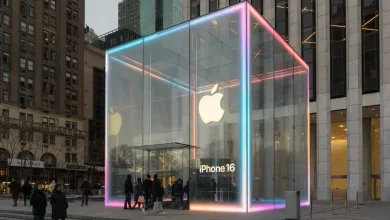Billionaire entrepreneur Elon Musk has welcomed another child, his 14th, with Shivon Zilis, an executive at Neuralink. The couple, who already share three children, introduced their newborn son, Seldon Lycurgus, to the world.

Shivon Zilis Announces the Birth of Their Son
Zilis shared the news on X (formerly Twitter), writing,
“Discussed with Elon and, in light of beautiful Arcadia’s birthday, we felt it was better to also just share directly about our wonderful and incredible son, Seldon Lycurgus.”
Musk responded with a simple heart emoji, a subtle yet affectionate acknowledgment of their new arrival.
Musk’s Expanding Family
With the birth of Seldon, Musk continues to grow his already large family. He shares six children with his ex-wife, Justine Wilson, and has three children with musician Grimes. In addition, conservative influencer Ashley St. Clair recently claimed Musk fathered her five-month-old son, though Musk has not publicly commented on this.

The Meaning Behind Seldon Lycurgus
The name Seldon is likely inspired by Hari Seldon, a key character in Isaac Asimov’s Foundation series, a favorite of Musk’s. Lycurgus may reference the ancient Spartan lawmaker known for shaping military-driven society. Musk has often admired historical and science-fiction figures, reflecting his deep interest in technology, space, and civilization-building.
Musk’s Views on Population Growth
The Tesla and SpaceX CEO has repeatedly voiced concerns about declining global birth rates, calling it one of the biggest threats to civilization. His commitment to fathering multiple children aligns with his belief that humanity must continue expanding to thrive.
Balancing Family and Innovation
Despite managing companies like Tesla, SpaceX, Neuralink, and X, Musk continues to embrace fatherhood. While his growing family attracts public curiosity, it’s clear that Musk sees children as an essential part of his vision for the future.




